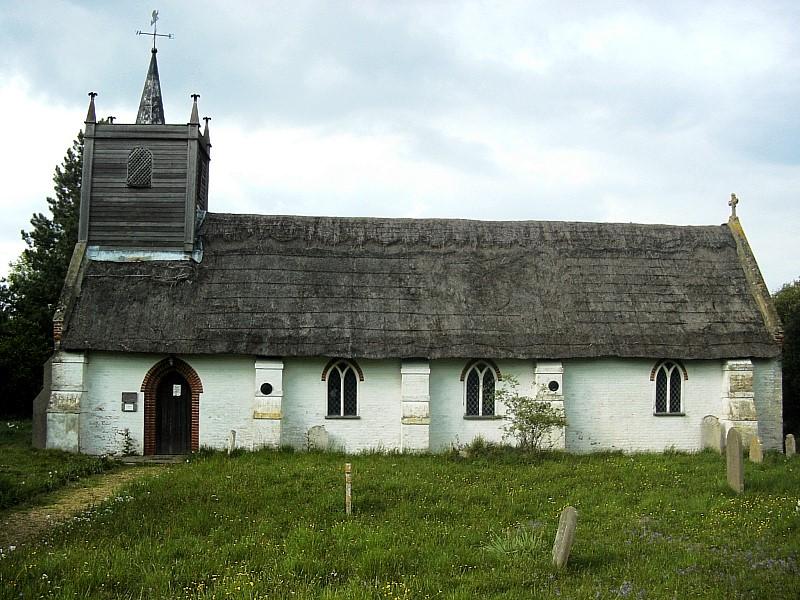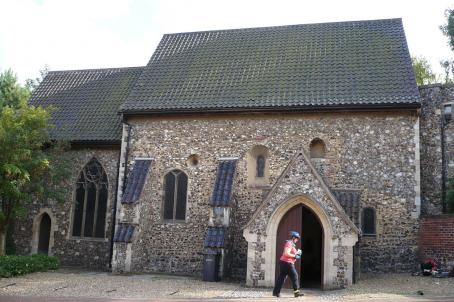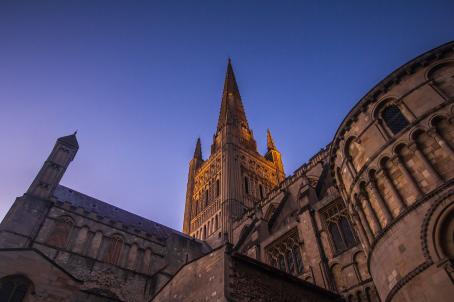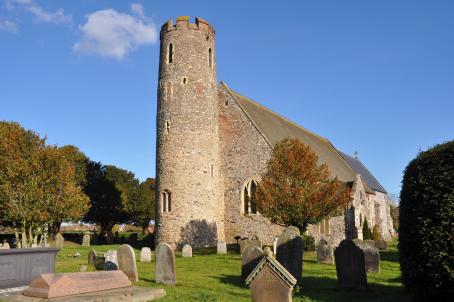St Mary

The construction of Sisland church possibly started soon after the Norman Conquest, although very little of this early building now remains. Seen from the lane it is a thatched brick building, whitewashed except for where the windows and doors are picked out in red brick. There are heavy buttresses, which seem quite unnecessary, and a wooden bell tower rises at the east end.
About this building
For more information visit on this building visit www.explorechurches.org/church/st-mary-sisland





